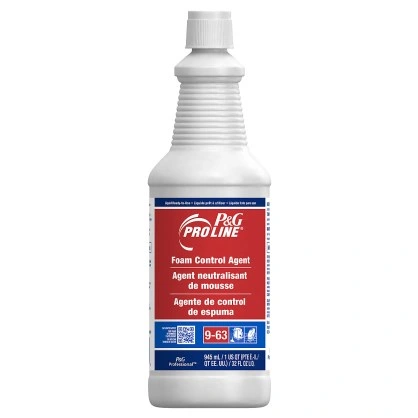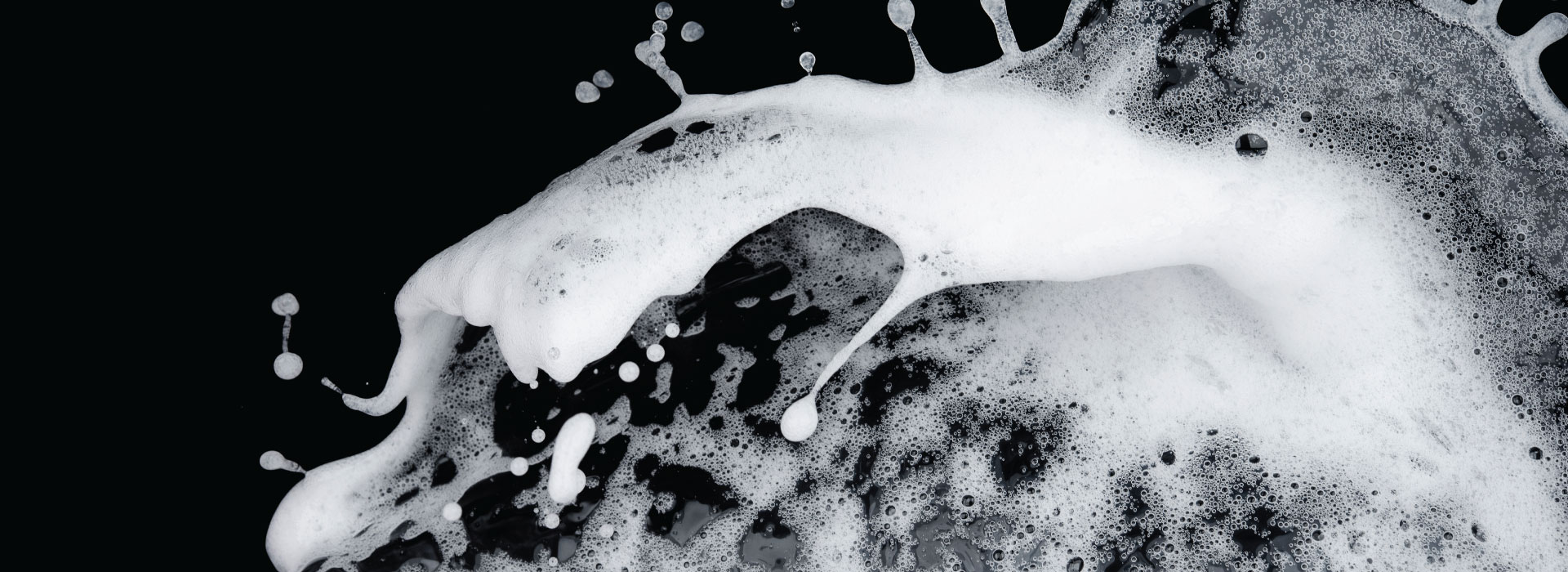Reliable Techniques for Attaining Optimal Foam Control in Chemical Manufacturing
Effective foam control is a vital aspect of chemical production that can significantly influence manufacturing effectiveness and product quality. By comprehending the devices of foam development and choosing appropriate anti-foaming representatives, suppliers can take positive actions to minimize extreme foam.
Comprehending Foam Formation

Surfactants, or surface-active representatives, minimize the surface tension of the fluid, assisting in bubble stability and advertising foam generation. Furthermore, agitation or blending procedures can enhance bubble development, commonly intensifying foam issues. The features of the liquid medium, consisting of viscosity and thickness, additional influence foam habits; for instance, even more viscous liquids have a tendency to trap air better, leading to boosted foam stability.
Understanding these basic elements of foam formation is important for reliable foam control in chemical production. By acknowledging the problems that advertise foam development, suppliers can implement targeted methods to minimize its unfavorable impacts, thereby optimizing production processes and making sure regular product high quality. This fundamental expertise is vital prior to discovering specific techniques for managing foam in commercial setups.
Option of Anti-Foaming Agents
When choosing anti-foaming agents, it is important to consider the particular attributes of the chemical procedure and the kind of foam being created (Foam Control). Various factors influence the efficiency of an anti-foaming representative, including its chemical make-up, temperature level security, and compatibility with various other procedure products
Silicone-based anti-foams are widely utilized as a result of their high performance and wide temperature level array. They function by reducing surface area stress, permitting the foam bubbles to integrate and damage even more quickly. They may not be suitable for all applications, specifically those entailing delicate formulas where silicone contamination is a worry.
On the various other hand, non-silicone agents, such as mineral oils or organic compounds, can be advantageous in specific situations, especially when silicone residues are unfavorable. These representatives have a tendency to be much less reliable at greater temperature levels yet can give effective foam control in other problems.
Furthermore, recognizing the foam's beginning-- whether it emerges from oygenation, anxiety, or chemical responses-- guides the selection procedure. Checking under actual operating problems is essential to make sure that the selected anti-foaming agent meets the one-of-a-kind demands of the chemical manufacturing procedure efficiently.
Process Optimization Techniques
Effective foam control is a crucial facet of optimizing chemical production procedures. By fine-tuning these parameters, operators can minimize disturbance, thus minimizing foam formation during blending.
In addition, controlling temperature and pressure within the system can substantially impact foam generation. Decreasing the temperature level might decrease the volatility of specific elements, bring about decreased foam. Keeping optimum stress degrees aids in mitigating extreme gas look at this website release, which contributes to foam stability.
One more reliable strategy is the tactical addition of anti-foaming agents at critical points of the procedure. Mindful timing and dose can make certain that these representatives effectively subdue foam without disrupting other process parameters.
Furthermore, incorporating a systematic evaluation of raw material properties can help identify naturally frothing materials, enabling preemptive procedures. Finally, carrying out regular audits and procedure testimonials can disclose ineffectiveness and locations for enhancement, allowing constant optimization of foam control methods.
Monitoring and Control Equipment
Surveillance and control systems play a critical duty in keeping ideal foam management throughout the chemical production process. These systems are essential for real-time monitoring and modification of foam levels, ensuring that manufacturing efficiency is optimized while reducing disruptions triggered by excessive foam formation.
Advanced sensing units and instrumentation are utilized to detect foam thickness and elevation, supplying crucial information that notifies control formulas. This data-driven technique permits the prompt application of antifoaming representatives, making sure that foam levels stay within acceptable limits. By incorporating tracking systems with process control software application, manufacturers can apply automated responses to foam changes, decreasing the demand for hands-on treatment and enhancing functional uniformity.
Furthermore, the assimilation of artificial intelligence and predictive analytics into keeping track of systems can help with positive foam monitoring. By evaluating historical foam data and operational criteria, these systems can forecast foam generation patterns and advise preemptive procedures. Routine go calibration and maintenance of tracking tools are essential to guarantee precision and dependability in foam discovery.
Inevitably, effective surveillance and control systems are essential for optimizing foam control, promoting safety and security, and enhancing overall productivity in chemical manufacturing environments.

Instance Researches and Finest Practices
Real-world applications of monitoring and control systems highlight the significance of foam administration in chemical production. A significant case research entails a large pharmaceutical maker that carried out an automated foam discovery system.
One more exemplary instance originates from a petrochemical firm that took on a mix of antifoam agents and process optimization techniques. By analyzing foam generation patterns, the organization tailored its antifoam dosage, resulting in a 25% decrease in chemical use and considerable expense savings. This targeted strategy not just lessened foam interference but additionally improved the general stability of the manufacturing process.

Final Thought
To conclude, achieving optimal foam control in chemical production requires a comprehensive strategy incorporating the selection of suitable anti-foaming agents, execution of process optimization techniques, and the assimilation of sophisticated monitoring systems. Routine audits and training further improve the effectiveness of these approaches, promoting a culture of constant improvement. By resolving foam formation proactively, manufacturers can dramatically improve production performance and product top quality, my explanation ultimately adding to more sustainable and cost-efficient operations.
By comprehending the mechanisms of foam formation and picking appropriate anti-foaming agents, suppliers can take proactive procedures to mitigate extreme foam. The features of the liquid medium, consisting of viscosity and density, additional impact foam behavior; for example, even more thick fluids tend to catch air extra efficiently, leading to boosted foam security.
Understanding these essential facets of foam formation is important for efficient foam control in chemical production. By analyzing historic foam data and operational specifications, these systems can anticipate foam generation patterns and advise preemptive actions. Foam Control. Regular audits of foam control measures guarantee that processes stay maximized, while cultivating a society of proactive foam management can lead to sustainable improvements across the manufacturing spectrum